20 Surprising Ways Hydrogen Peroxide Keeps You Healthy as a Horse
Hydrogen peroxide is a common chemical compound. It is made of a combination of water and hydrogen. When individuals purchase hydrogen peroxide, it tends to be available in several different potencies. For use in households, a three percent dilution is typical. The potency for hair bleaching is usually from six to ten percent. Food-grade hydrogen peroxide comes at a thirty-five percent potency. If it is being used in industrial areas, the potency is ninety percent. Many individuals will benefit from using hydrogen peroxide products. Of course, most of them will be a hydrogen peroxide liquid. Patients can use a hydrogen peroxide mouth wash to help whiten their teeth. Hydrogen peroxide is effective as a canker sore treatment and a way to obtain toothache pain relief. There are many more uses for hydrogen peroxide. Overall, it is effective as long as individuals follow the proper directions.
1. Mild Topical Antiseptic
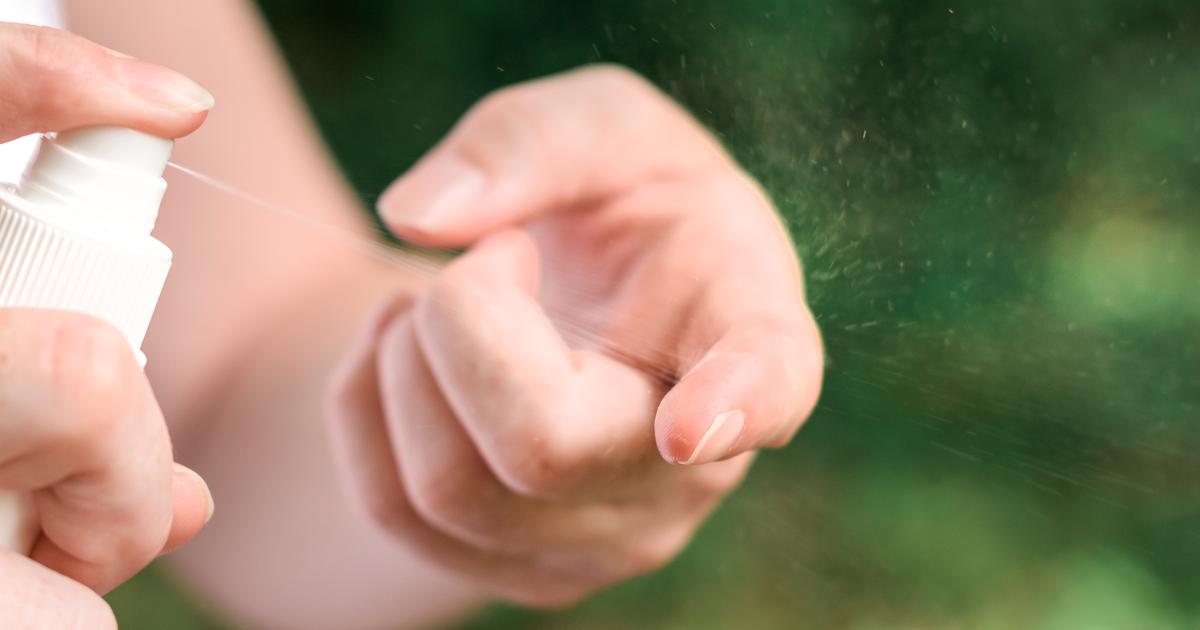
Hydrogen peroxide often acts as a mild topical antiseptic. It can be applied to the skin to prevent minor burns, scrapes, and cuts from becoming infected. Individuals should only use hydrogen peroxide on mild abrasions. They should never use it to disinfect deep wounds. In addition, they should not use hydrogen peroxide on severe burns or animal bites. If individuals apply hydrogen peroxide to their skin, it should only be in small areas. The usual recommended treatment is to apply the solution to the wound one to three times each day until it heals. However, doctors may provide a different recommendation for some patients. Should that be the case, patients should always follow their doctor's advice. If patients put a bandage over the scrape or abrasion after treating it, they should let the area dry out naturally first. Patients need to contact their doctor if their wound does not improve within seven days, or the antiseptic appears to make their condition worse. Some common side effects of using hydrogen peroxide as a topical antiseptic include irritation, stinging, and redness around the application site. Serious side effects are rare.
2. Mouth Rinse To Kill Germs
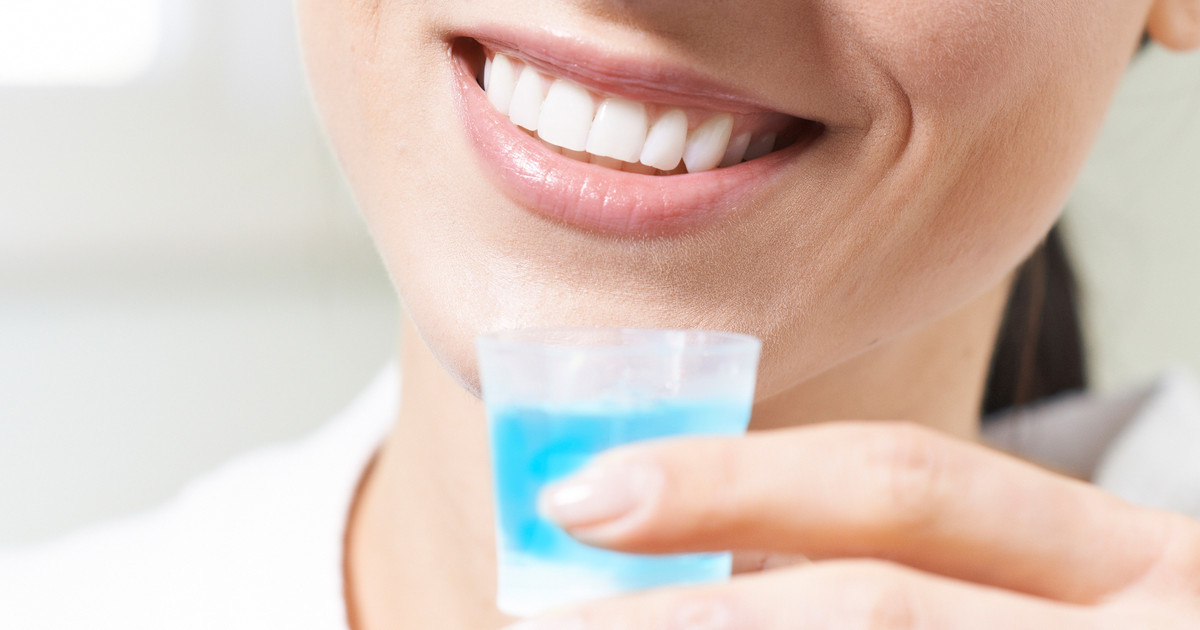
Hydrogen peroxide can also be used as an effective mouth rinse to kill germs. It helps remove mucus from an individual's mouth. This can help individuals deal with a condition like postnasal drip. Hydrogen peroxide can also effectively relieve minor irritation in the mouth, such as irritation caused by gingivitis or canker sores. When hydrogen peroxide comes into contact with an individual's mouth, it releases oxygen, which leads to foaming. The foam gathers up dead skin, bacteria, and other germs to help clean and disinfect the area. If individuals use hydrogen peroxide to rinse their mouth, they should mix the solution with equal parts water beforehand. They should swish the solution around their mouth over the irritated area for a minimum of one minute before spitting it out. Individuals should not gargle or swallow hydrogen peroxide when they are using it in a mouth rinse solution. If they do swallow hydrogen peroxide, they should call Poison Control. Most individuals can rinse their mouth up to four times each day with a hydrogen peroxide solution. They may, however, follow specific instructions from their doctor or dentist.
3. Whiten Fingernails And Teeth
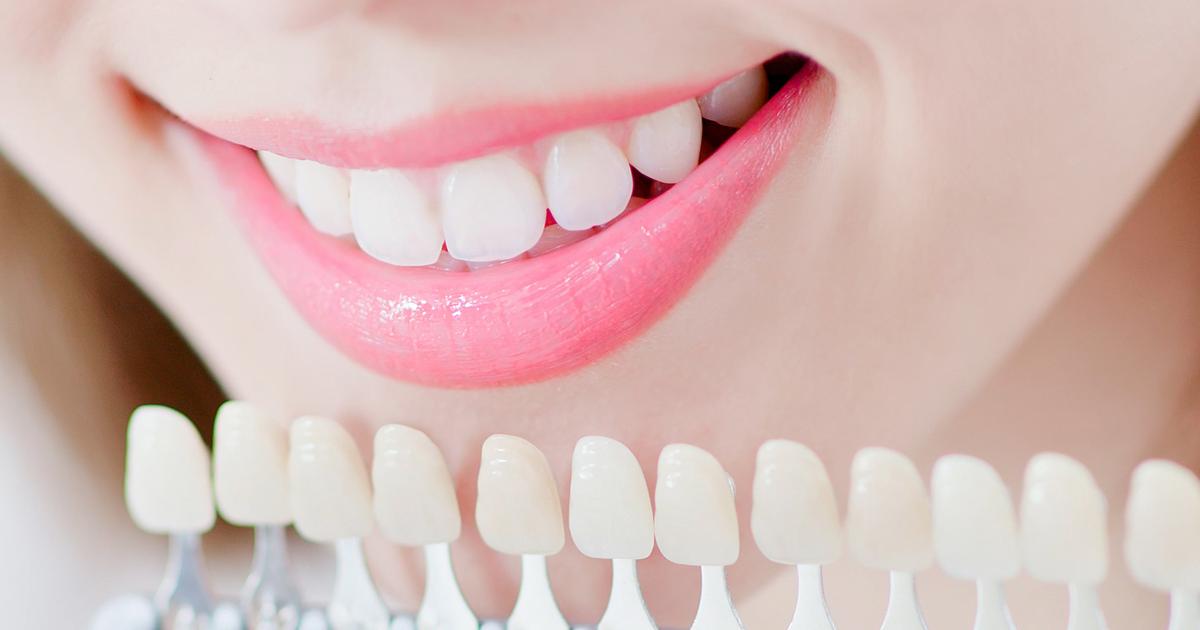
Hydrogen peroxide is a common hair bleaching method because it can lighten the color of an individual's hair. However, what some individuals may not realize is that it can also be used to whiten teeth. Fingernails can become discolored and stained due to underlying medical conditions or due to frequently using nail polish. To use hydrogen peroxide as a fingernail whitening solution, individuals will need to create a mixture of three percent household solution, baking soda, and whitening toothpaste. This can be applied to the nails with cotton swabs. Individuals can either use hydrogen peroxide as a rinse or paste to whiten their teeth. In rinse form, individuals should mix the hydrogen peroxide solution with equal parts water, swish it around their mouth, and then spit it out. In paste form, individuals will mix a small amount of the chemical with several teaspoons of baking soda. They should add tiny amounts of peroxide to the mixture until a thick, non-gritty paste forms. They should apply the paste to their teeth with a toothbrush and rinse it off by swishing water around their mouth a few times and spitting it out.
4. Eliminate Mold And Mildew Around The Home
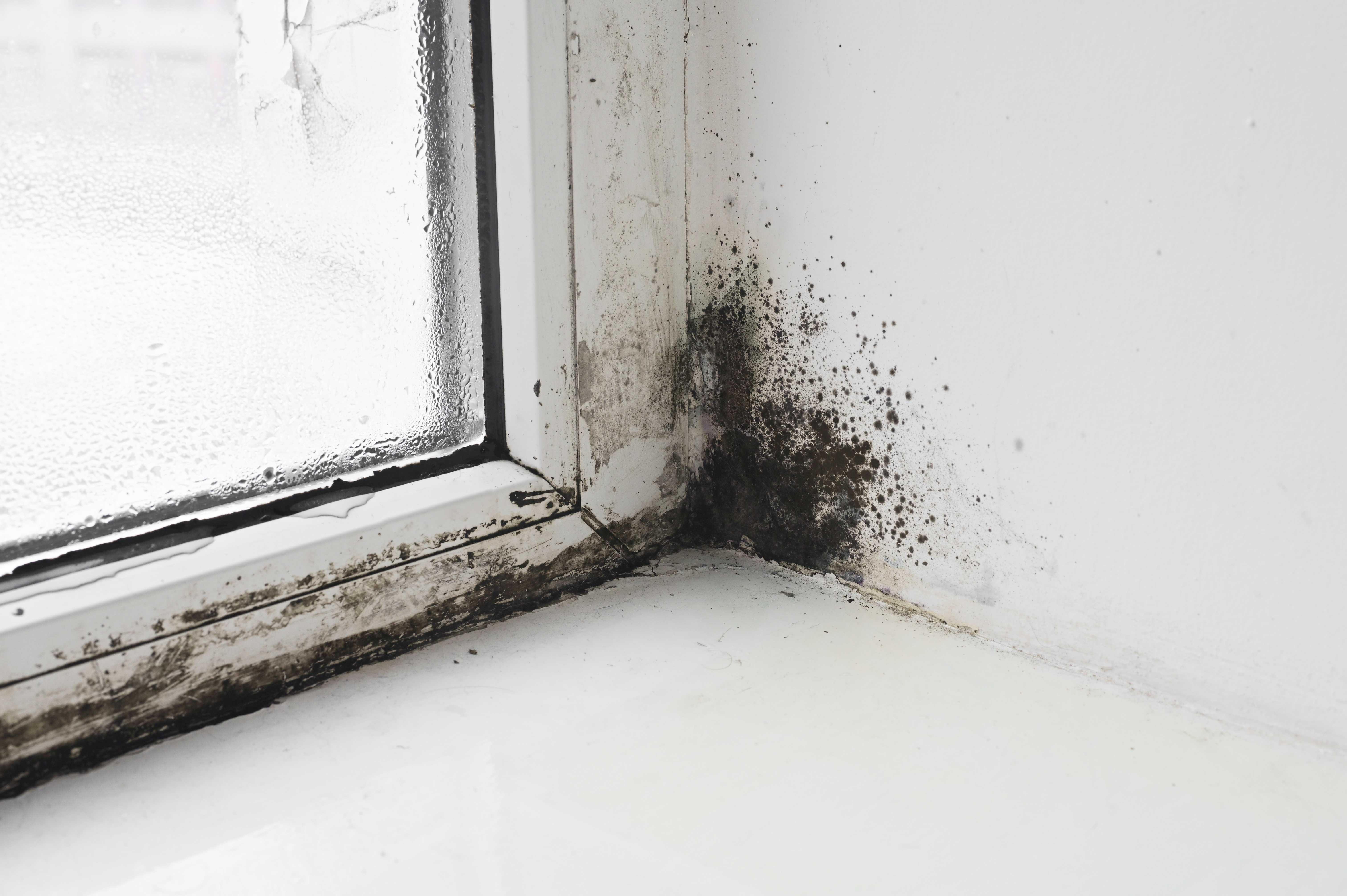
Hydrogen peroxide can be very effective if individuals want to eliminate mold and mildew around the home. The solution has antibacterial properties as well as antifungal properties. Individuals can treat areas affected by mold and mildew by using a spray bottle of hydrogen peroxide. They can spray the solution on a shower curtain, humidifier, dehumidifier, walls, floors, sink, toilet, and shower. If individuals hear a sound like fizzing, it means the solution is working to kill the bacteria and fungi there. It is important to note mold and mildew often have sources deeper than the surface level. This means that one treatment with hydrogen peroxide may not be enough to eliminate them at the source. However, individuals can keep treating recurrences with hydrogen peroxide while deciding how to tackle the root of the problem. Mold and mildew can be dangerous substances to have in the home, including because they can have harmful effects on the lungs if individuals inhale them.
5. Keep Food Fresh
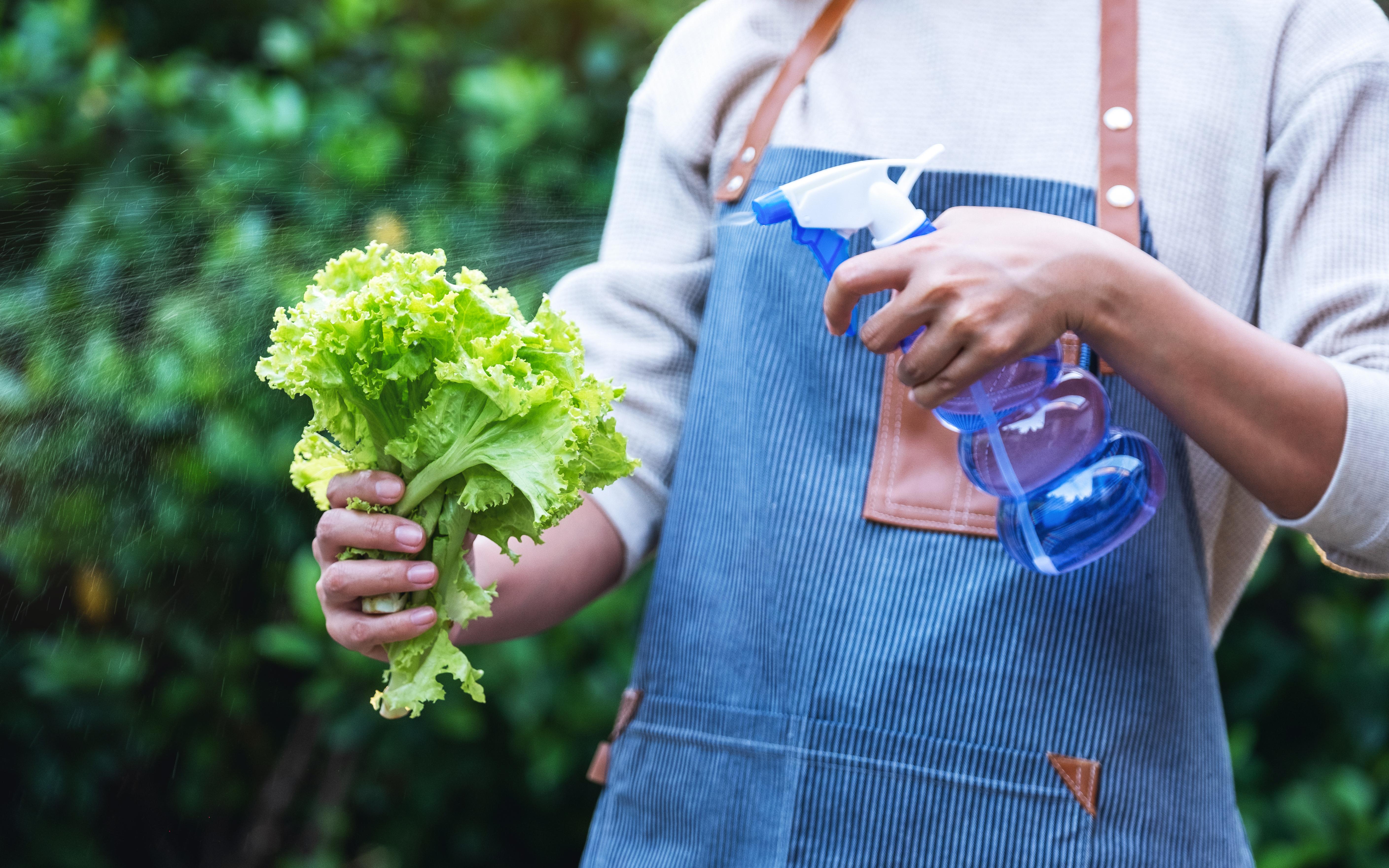
One thing that may surprise some individuals to learn is the fact that hydrogen peroxide can be used to keep food fresh. Indeed, individuals should not ingest hydrogen peroxide in large quantities. However, there are food-grade solutions that are meant for use in food preparation areas. The material will stay fresh for longer when individuals spray vegetables and green with a small amount of hydrogen peroxide. It will be several more days before the greens start to become soggy or wilted. If individuals are saving them for a tasty salad later, this is a great solution. Fruits will also stay fresher for longer if they are spritzed in a food-grade hydrogen peroxide solution. However, individuals need to make sure they thoroughly rinse off any food treated with hydrogen peroxide. Three to five percent hydrogen peroxide solutions can be ingested in tiny quantities. However, larger concentrations can be extremely toxic.
6. Soften Earwax
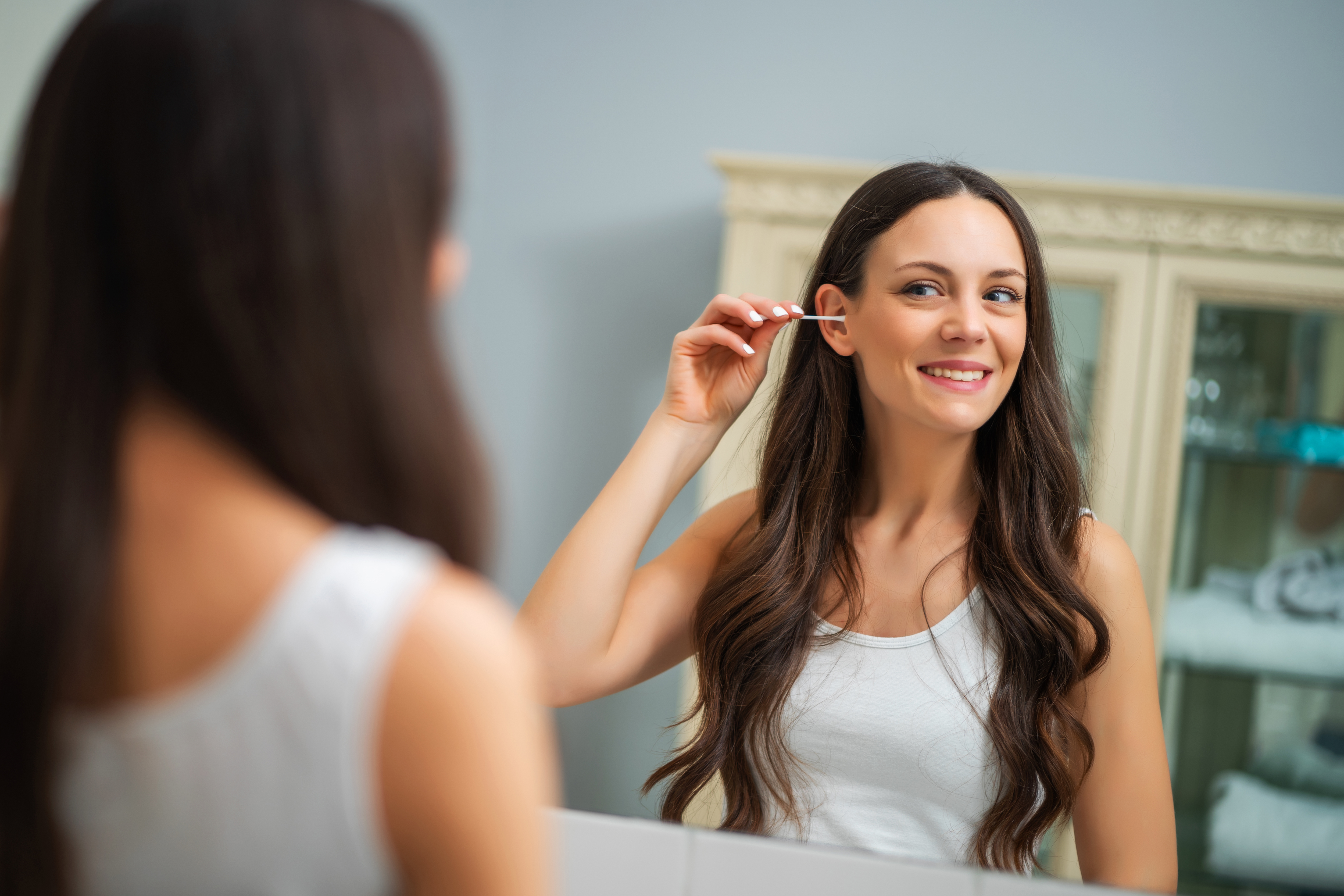
Some individuals can use hydrogen peroxide to soften earwax and remove the buildup from their ears. Of course, they must do so safely. The majority of doctors advise against using cotton swabs to remove earwax, including if they dipped it into hydrogen peroxide. The dangers of doing this are pushing the earwax further into the ear, rupturing the eardrum, infection, and hearing loss. As mentioned, however, individuals can still use hydrogen peroxide. They can create their own diluted solution to squirt into their ear or buy special ear drops made with some hydrogen peroxide. Softening earwax is effective when patients are dealing with excessive earwax buildup. It is not necessary for most individuals, since earwax is healthy in normal amounts. In addition, ear canals are self-cleaning.
7. Treat Swollen Gums
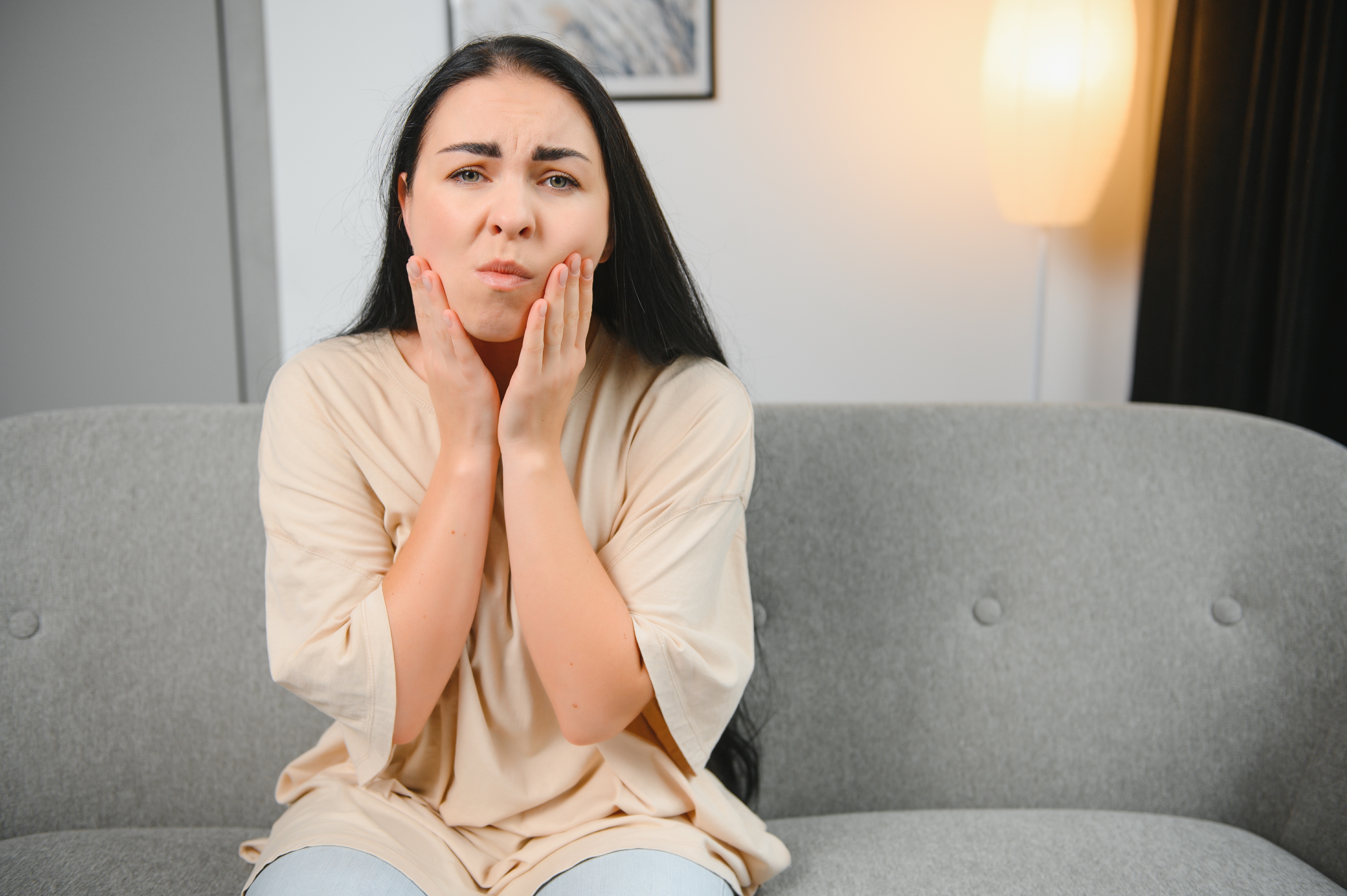
Sometimes, individuals will deal with swollen gums. This can happen for a few reasons, including failing to brush or floss sufficiently. Thankfully, there are ways to treat swollen gums. One of them, of course, is to use a solution made from hydrogen peroxide and water. Most of the time, doctors and dentists will recommend using three percent hydrogen peroxide. Individuals need to mix one part hydrogen peroxide with two parts water. Similar to commercial mouthwashes, individuals should swish this solution in their mouth for approximately thirty seconds before spitting it out. Individuals should never swallow hydrogen peroxide. They can repeat this twice daily. Patients need to call their doctor or dentist if their gums are still swollen or hurt after seven days of using this method.
8. Treat Canker Sores
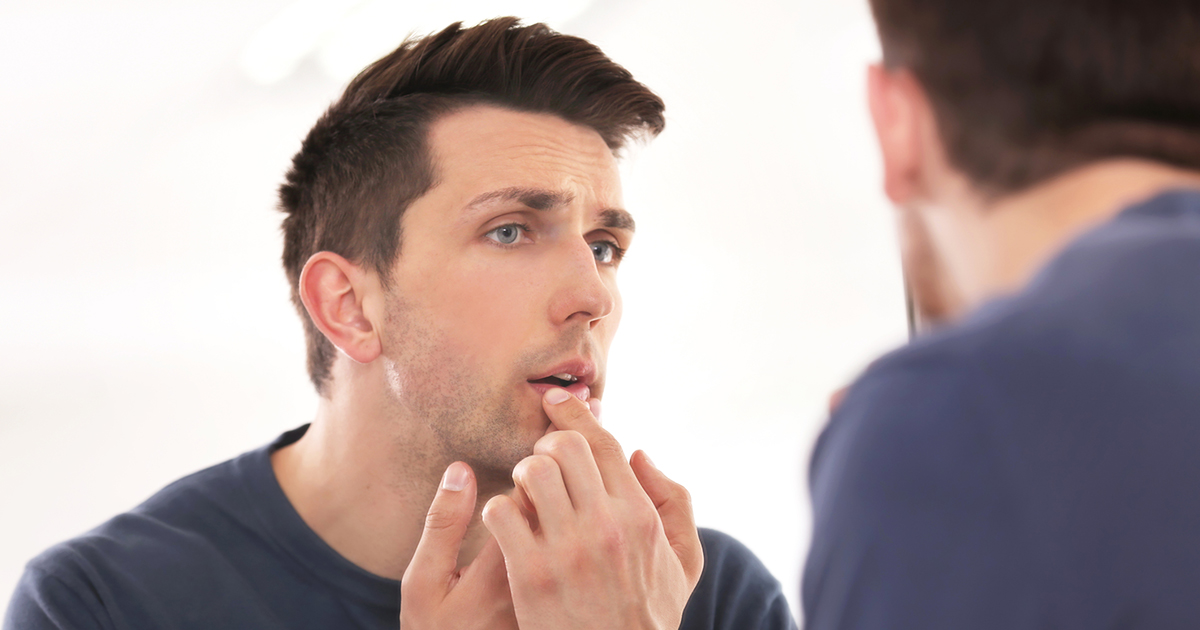
Canker sores are painful lesions that are found on the inside of an individual's mouth. They can appear at the base of the gums or on the soft tissues within the mouth. In both cases, canker sores can make it quite difficult to eat. Some individuals dealing with canker sores also find it challenging to talk. Thankfully, they are treatable. Individuals can use commercial mouthwashes made with hydrogen peroxide or make their own solution. If they choose to make it from home, they should use the same recipe as they would for swollen gums. As a reminder, this is to use a three percent hydrogen peroxide and mix one part of it with two parts water. They will want to swish it around their mouth for thirty seconds twice a day before spitting it out. Hydrogen peroxide mouthwash will help reduce the pain from canker sores and help them heal faster.
9. Sanitize Toothbrushes And Makeup Brushes
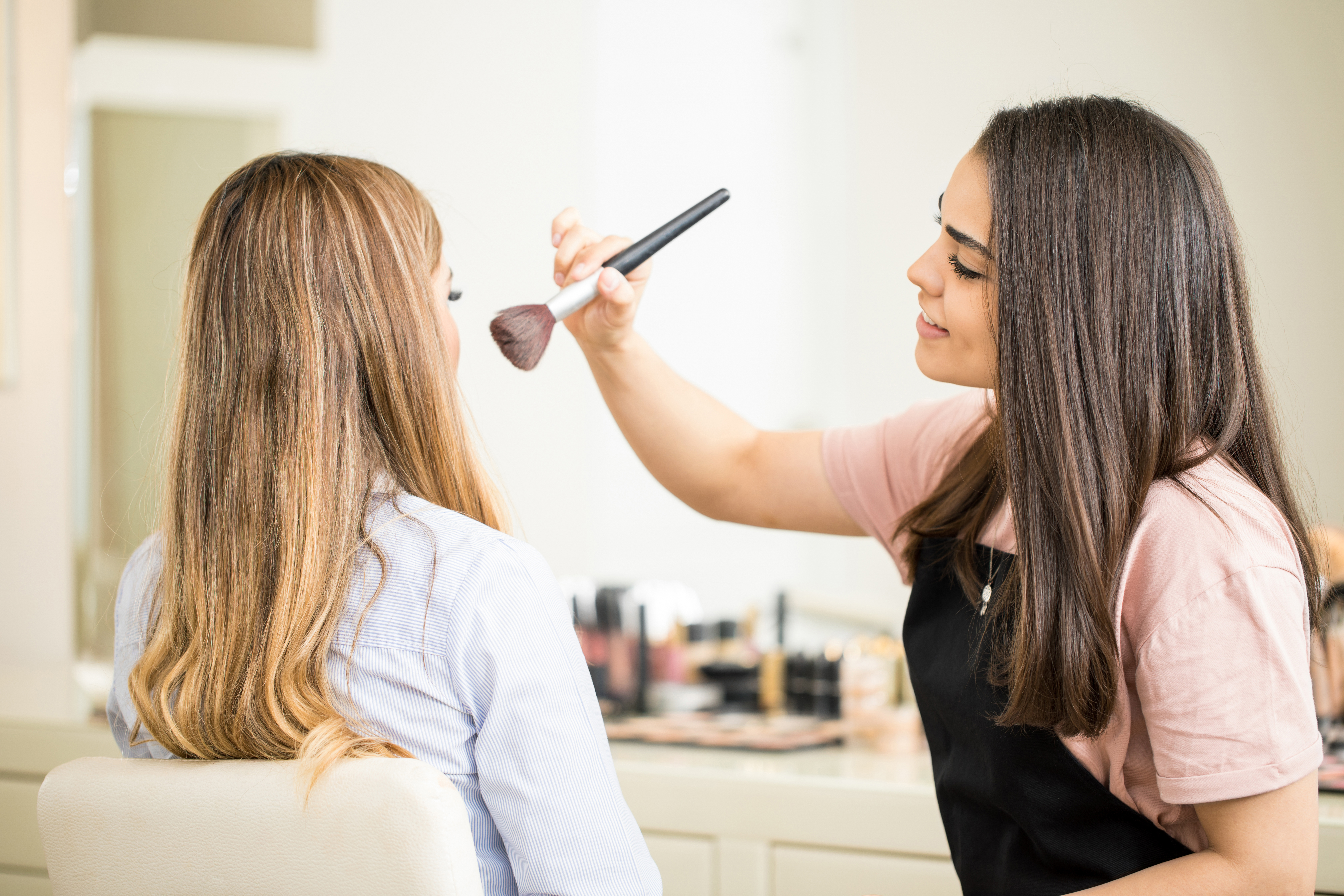
Unfortunately, bacteria can build on both toothbrushes and makeup brushes. This is especially the case for toothbrushes, since most individuals keep them out on their bathroom counter. Toothbrushes will get bacteria from around the bathroom, since bacteria can be in the air. Makeup brushes, on the other hand, tend to get bacteria from an individual's face. This is why individuals need to clean their makeup brushes regularly. It is vital to sanitize toothbrushes and makeup brushes regularly as well. According to reports, individuals can reduce bacteria on their toothbrushes by up to eighty-five percent if they rinse them in a hydrogen peroxide solution. Individuals using hydrogen peroxide on their makeup brushes need to soak the brushes in it for approximately ten minutes. In both cases, individuals should use a three percent hydrogen peroxide solution. After soaking the brushes, individuals should rinse them well with water.
10. Relieve Toothache Pain
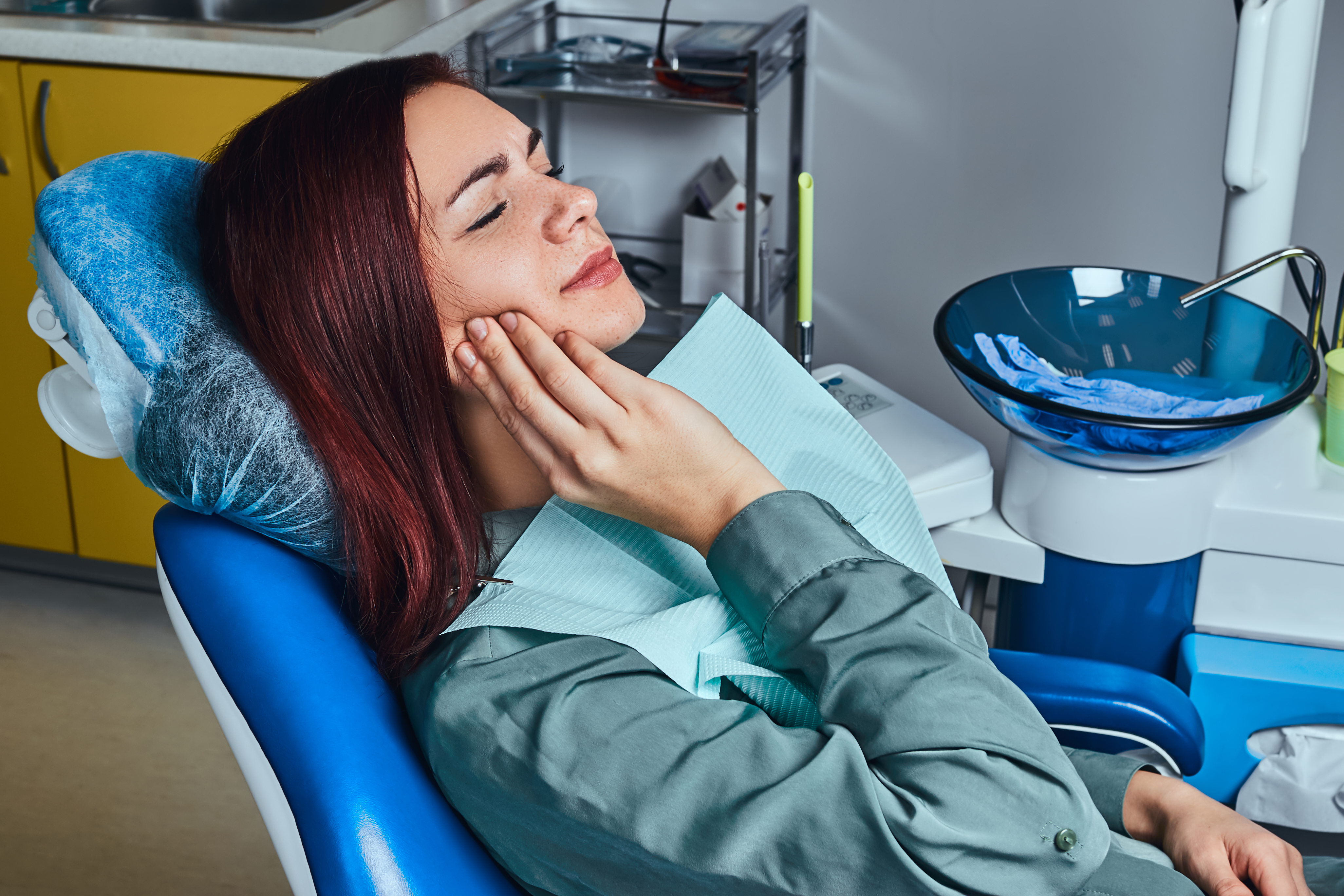
As mentioned earlier, individuals can use a hydrogen peroxide mouthwash to treat canker sores. One of the benefits of doing this is pain relief from the canker sores. The same applies to toothaches. Individuals can use a hydrogen peroxide mouthwash to relieve toothache pain. If the pain comes from an underlying cause like swollen gums or insufficient flossing, it can often treat the toothache itself. In many cases, though, hydrogen peroxide only acts as a method of pain relief. For instance, hydrogen peroxide mouthwash will not replace an individual's need to have their wisdom teeth removed. However, it can make it easier on patients while they are waiting for their appointment to have their wisdom teeth removed. These mouthwashes are also helpful for toothache pain resulting from cracked teeth or gum disease. Once again, though, additional treatments are necessary for these conditions.
11. Remove Stubborn Stains from Clothing
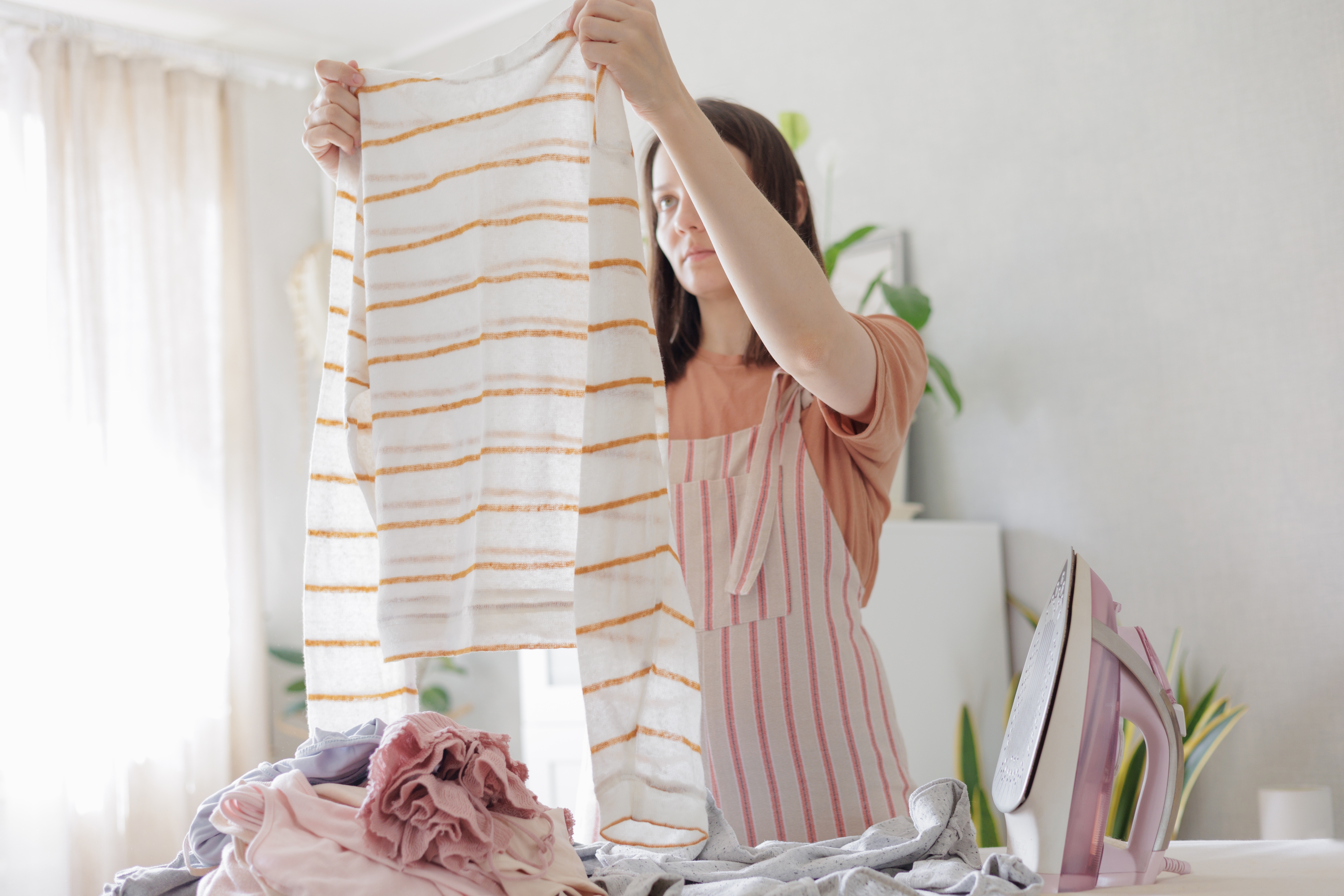
Hydrogen peroxide is a natural stain remover, especially effective against protein-based stains like blood, sweat, and wine. Instead of reaching for harsh chemical cleaners, individuals can use a three percent hydrogen peroxide solution to lift stains from clothing and fabrics. To treat stains, simply pour a small amount of hydrogen peroxide directly onto the stain and let it sit for five to ten minutes before blotting with a clean cloth. For stubborn stains, mixing hydrogen peroxide with baking soda creates a powerful cleaning paste. After application, clothes should be rinsed thoroughly before washing as usual. This method is particularly effective on white fabrics since hydrogen peroxide has mild bleaching properties. However, individuals should spot-test colored fabrics first to ensure it does not cause discoloration. By utilizing hydrogen peroxide as a stain remover, individuals can naturally and affordably extend the life of their favorite garments while avoiding harsh commercial chemicals.
12. Disinfect Kitchen Surfaces and Cutting Boards
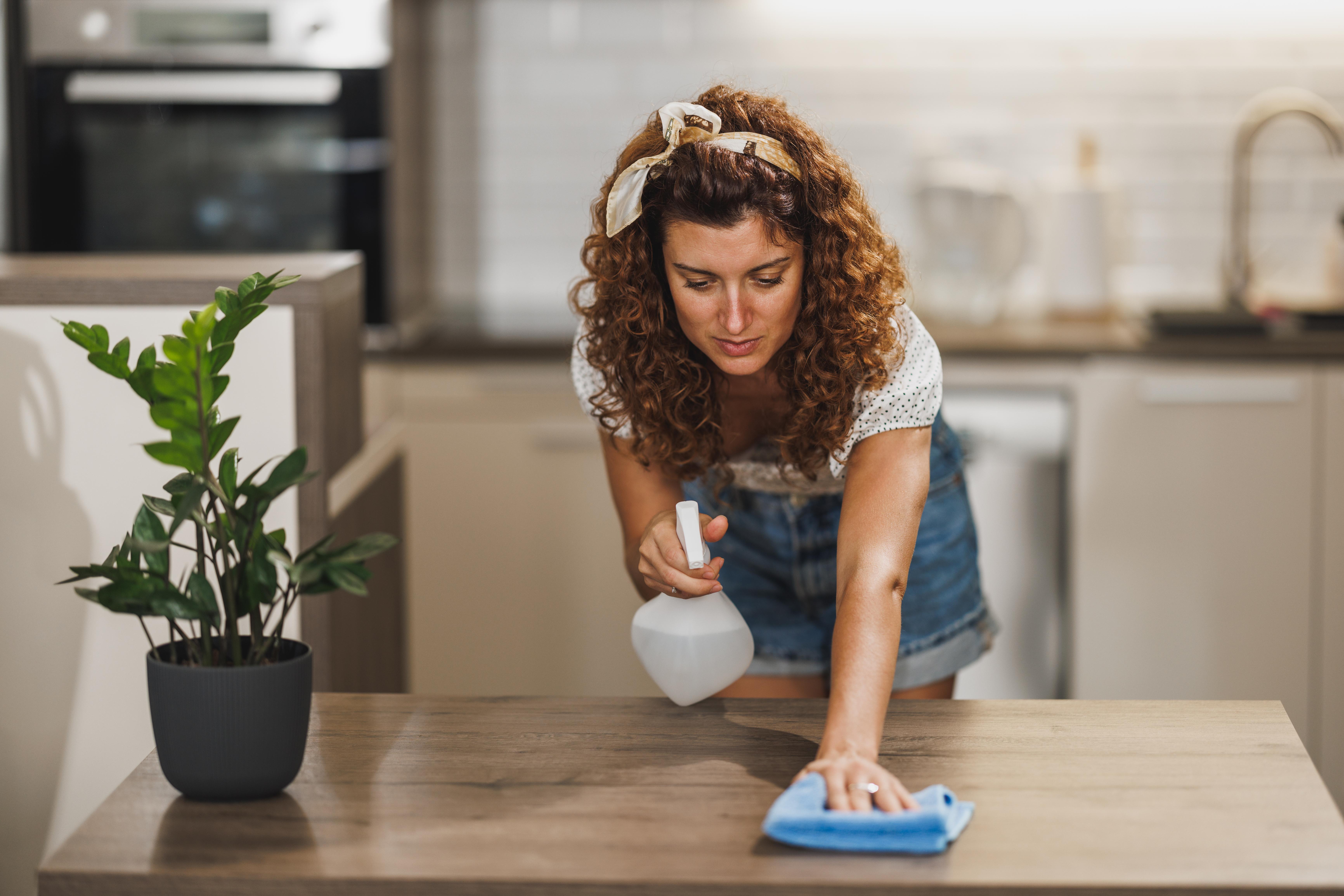
The kitchen is a hotspot for bacteria, particularly on surfaces that come into contact with raw meat, vegetables, and unwashed hands. Hydrogen peroxide acts as a powerful disinfectant, effectively killing bacteria, viruses, and mold without introducing toxic chemicals into food-prep areas. To clean countertops, cutting boards, and sinks, individuals can fill a spray bottle with a three percent hydrogen peroxide solution and spray it directly onto surfaces. After allowing it to sit for five to ten minutes, simply wipe it down with a clean cloth or sponge. This method is particularly beneficial for wooden cutting boards, which can harbor bacteria in tiny crevices. When used consistently, hydrogen peroxide can help reduce the spread of foodborne illnesses and keep the kitchen environment sanitary. Unlike some harsh cleaning chemicals, it is also safe for use around children and pets when used correctly.
13. Kill Household Germs in the Bathroom
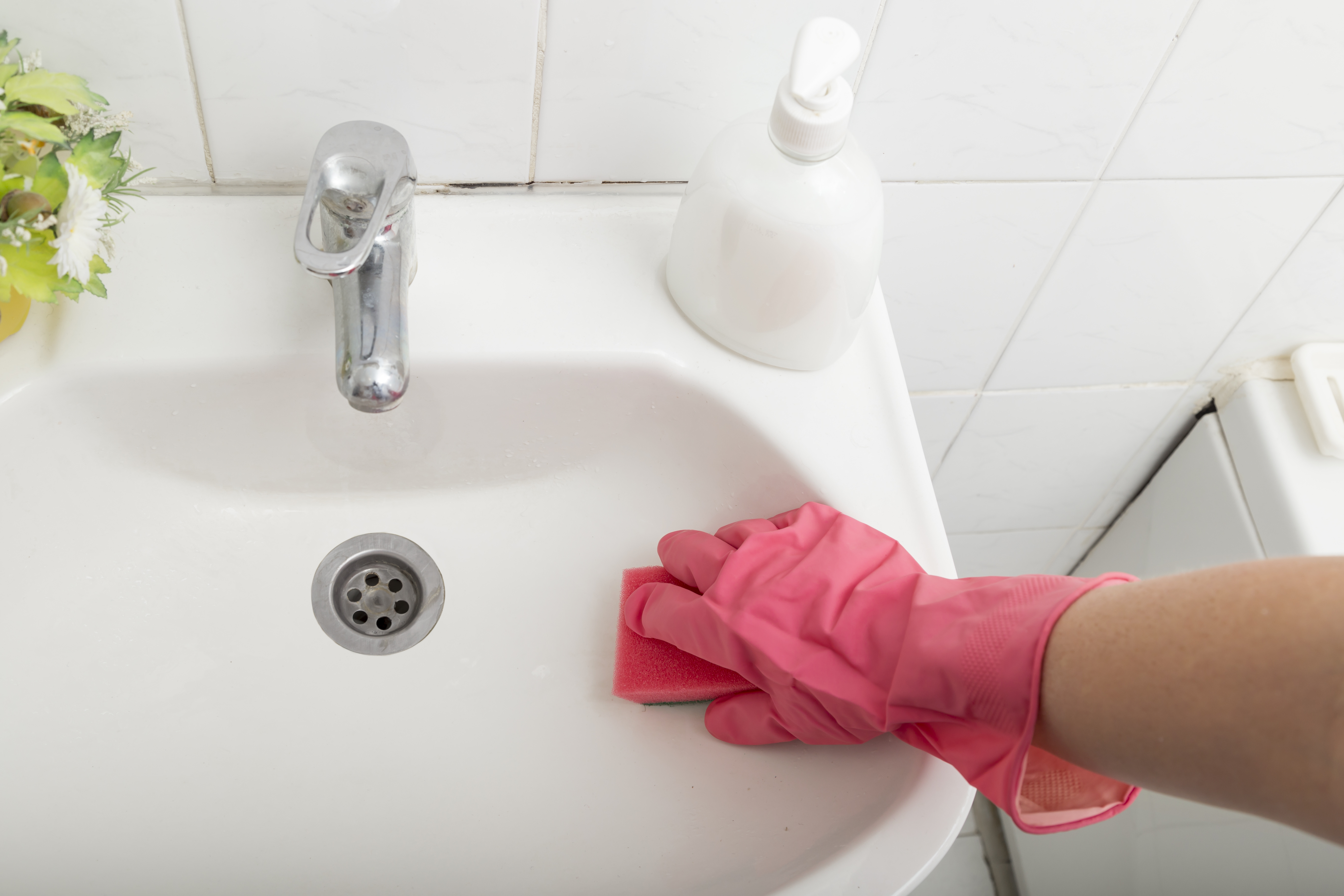
Bathrooms are another area where bacteria and mold thrive, particularly in damp spaces like sinks, tubs, and toilet bowls. Hydrogen peroxide is a safe and effective alternative to harsh chemical cleaners for keeping the bathroom free of germs. To disinfect toilets, individuals can pour a cup of hydrogen peroxide into the bowl and let it sit for at least ten minutes before scrubbing with a toilet brush. For sinks, showers, and bathtubs, spraying a hydrogen peroxide solution and letting it sit before wiping clean helps remove grime, mildew, and soap scum. It also works wonders on grout, where mold tends to accumulate. For an even deeper clean, individuals can mix hydrogen peroxide with baking soda to create a natural scrubbing paste. Regular use of hydrogen peroxide in the bathroom ensures a cleaner and fresher space while reducing exposure to harsh chemicals commonly found in commercial disinfectants.
14. Brighten and Deodorize Laundry

Hydrogen peroxide is an excellent addition to laundry routines, as it brightens white clothing and removes lingering odors. Unlike chlorine bleach, hydrogen peroxide is a gentler alternative that effectively lifts stains without degrading fabrics. Adding half a cup of hydrogen peroxide to a load of laundry can help whiten clothes, prevent yellowing, and eliminate bacteria that cause odors. This is particularly useful for washing gym clothes, towels, and socks, which tend to trap sweat and bacteria. Individuals who prefer natural cleaning methods can also pre-soak heavily stained items in a mixture of hydrogen peroxide and water before running a regular wash cycle. Because it breaks down into water and oxygen, hydrogen peroxide is an environmentally friendly choice for keeping clothes fresh and bright without relying on harsh synthetic chemicals.
15. Eliminate Foot Fungus and Athlete’s Foot
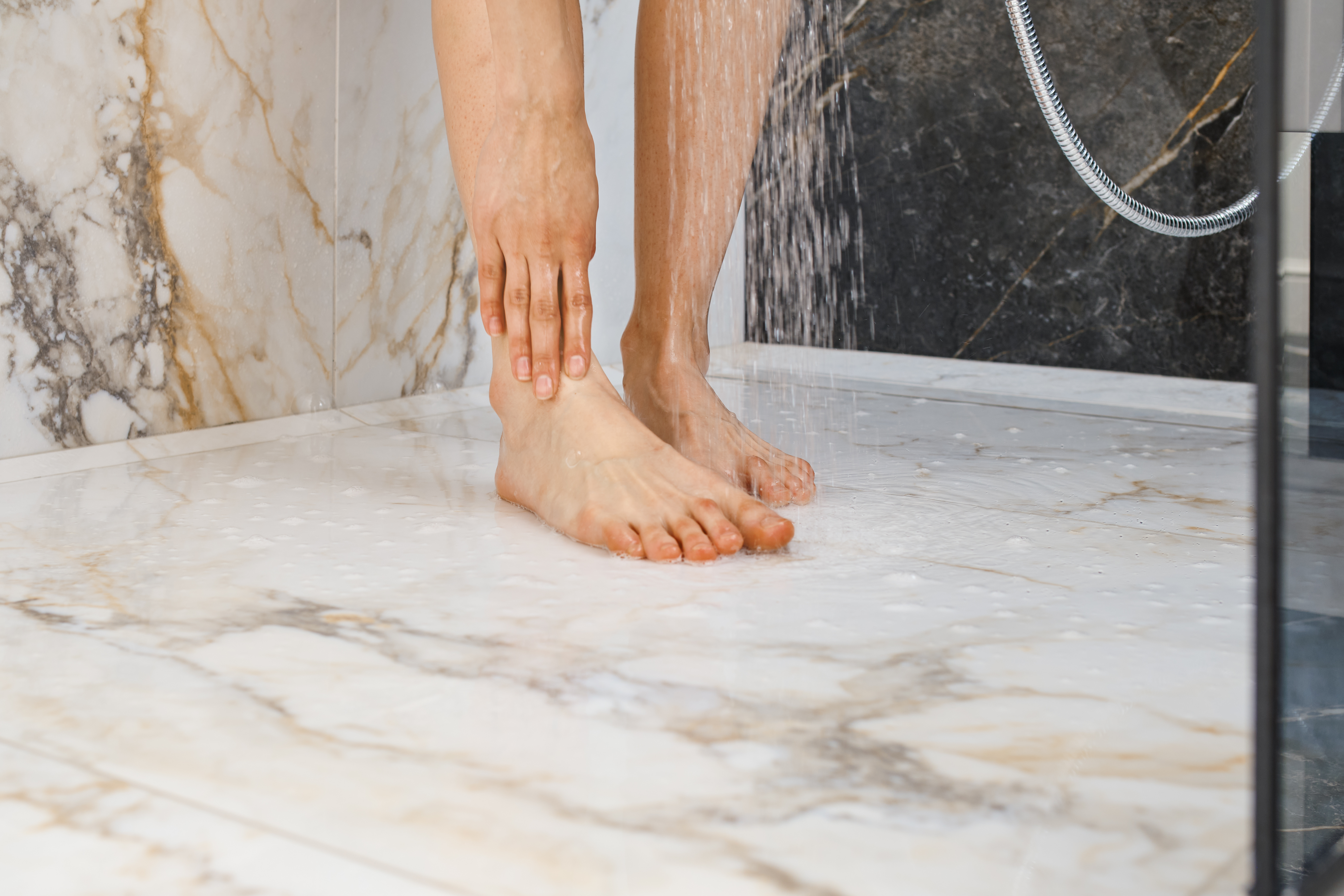
Fungal infections, such as athlete’s foot and toenail fungus, can be persistent and difficult to treat. Hydrogen peroxide has antifungal properties that can help eliminate foot fungus and promote healthier skin. Individuals can create a foot soak by mixing equal parts hydrogen peroxide and warm water in a basin and soaking their feet for 20 to 30 minutes. This helps kill bacteria and fungi that cause odor and infections. For toenail fungus, directly applying hydrogen peroxide to the affected nail with a cotton ball twice a day can accelerate healing. Consistent treatment over time can gradually restore healthy nail growth and reduce discoloration. Keeping feet clean and dry, along with regular hydrogen peroxide treatments, can prevent the recurrence of fungal infections and improve overall foot hygiene.
16. Freshen Up Sponges and Dishcloths
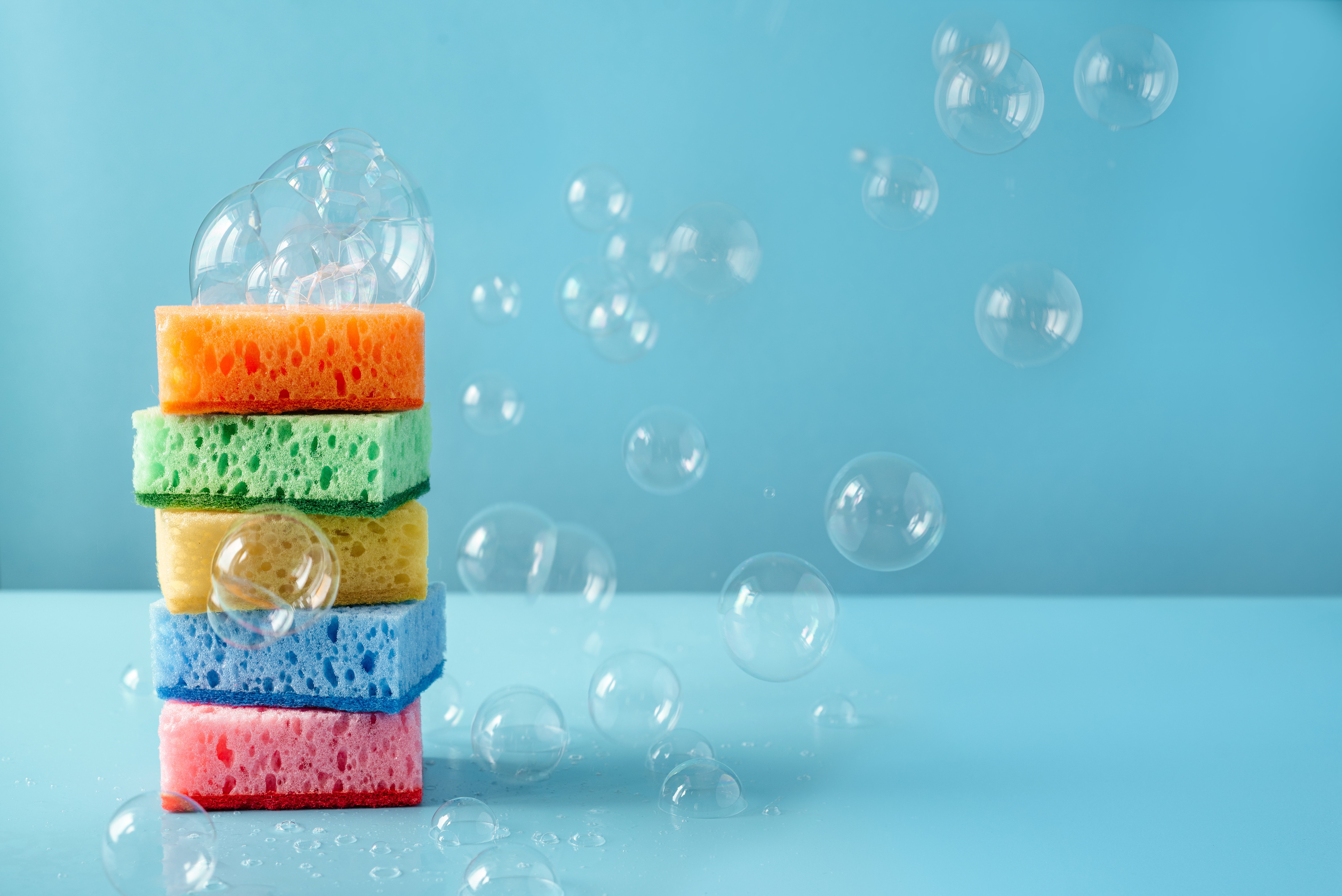
Kitchen sponges and dishcloths are breeding grounds for bacteria, often harboring more germs than a toilet seat. Instead of throwing out dirty sponges prematurely, individuals can sanitize them with hydrogen peroxide. Soaking sponges and dishcloths in a mixture of equal parts water and hydrogen peroxide for 10 to 15 minutes kills bacteria and neutralizes odors. This simple method extends the lifespan of cleaning tools while keeping kitchens sanitary. After soaking, thoroughly rinse and allow the items to dry completely before using them again. This technique works especially well for cloths used in food preparation areas, where bacterial contamination is a concern. With regular disinfecting, kitchen cleaning tools remain fresh and effective, preventing bacteria from spreading to dishes, countertops, and hands.
17. Revitalize Old Baking Sheets and Cookware
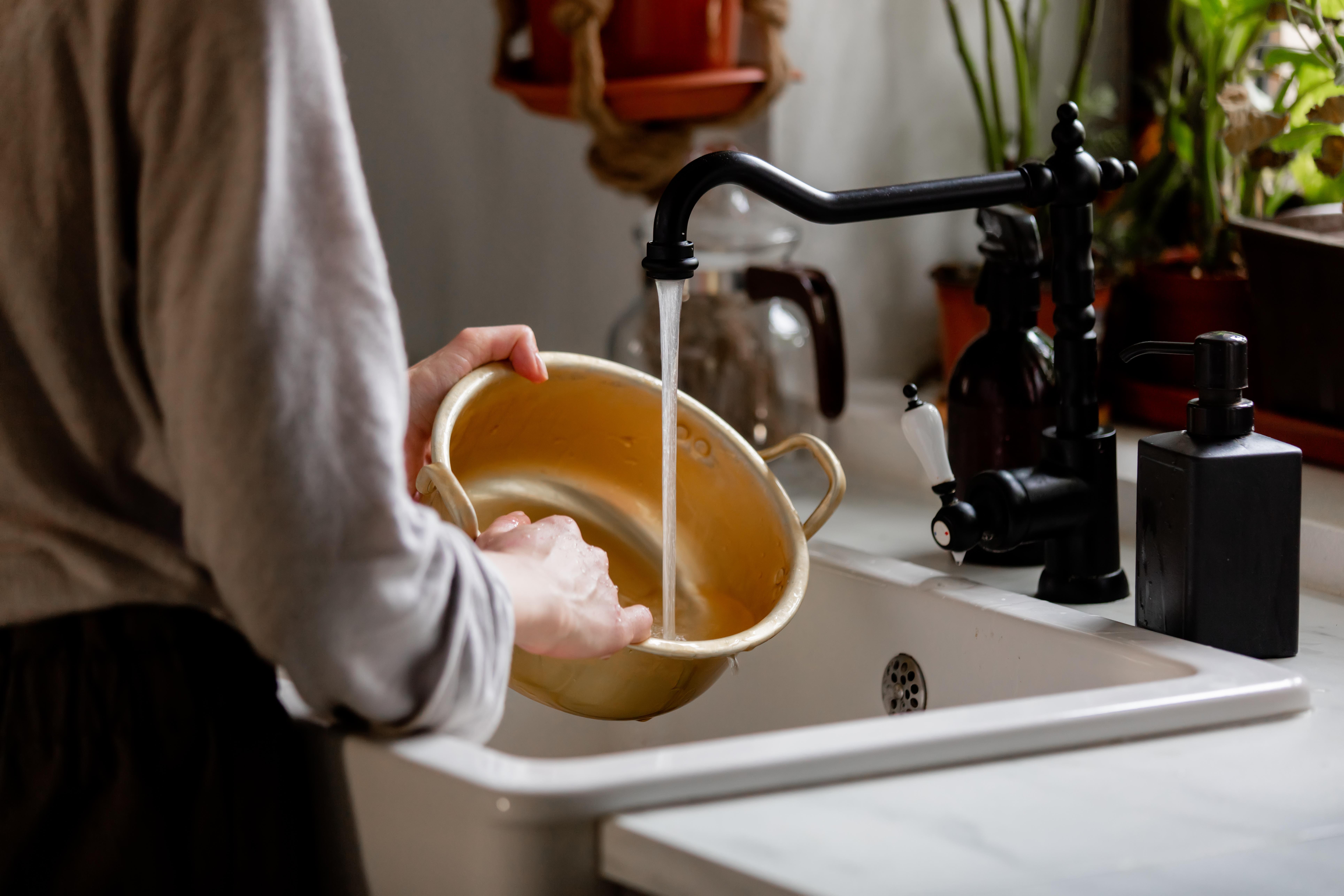
Over time, baking sheets and cookware can become coated with stubborn grease and burnt food residue. Hydrogen peroxide combined with baking soda creates a powerful paste that can restore old cookware to its former glory. To clean, individuals should spread the paste over the affected area and let it sit for about 30 minutes. Scrubbing with a sponge or brush removes tough stains, while hydrogen peroxide lifts grease and baked-on grime. This method is particularly effective on stainless steel, aluminum, and ceramic cookware. Unlike harsh chemical degreasers, hydrogen peroxide is a safer, non-toxic option for cleaning cookware used in meal preparation. Regular use keeps kitchen tools looking new while ensuring they remain free from harmful residues that could transfer to food.
18. Disinfect Children’s Toys and Play Areas

Young children frequently put toys in their mouths, making it essential to keep their playthings free from germs and bacteria. Hydrogen peroxide provides a safe, non-toxic way to disinfect children’s toys without exposing them to harsh chemicals. Parents can fill a spray bottle with three percent hydrogen peroxide and lightly mist plastic toys, allowing them to air dry. For stuffed animals and fabric toys, adding a small amount of hydrogen peroxide to the washing machine helps remove bacteria and odors. Since hydrogen peroxide naturally breaks down into water and oxygen, it leaves no harmful residue, making it a safer alternative to traditional chemical disinfectants. Regular cleaning with hydrogen peroxide ensures that children's play areas remain hygienic, reducing the risk of illness caused by bacteria and viruses.
19. Eliminate Odors from Pet Areas

Pet owners know that keeping their homes free of pet-related odors can be a challenge. Hydrogen peroxide is an excellent deodorizer that helps neutralize pet odors from bedding, litter boxes, and carpets. Spraying a diluted hydrogen peroxide solution on pet bedding and allowing it to air dry effectively removes odors and kills bacteria. For urine stains on carpets, combining hydrogen peroxide with baking soda breaks down odor-causing compounds and lifts stains. However, individuals should always spot-test carpeted areas first to ensure it does not discolor the fabric. Regularly using hydrogen peroxide to clean pet areas helps maintain a fresher-smelling home while keeping surfaces free from bacteria and allergens.
20. Extend the Life of Fresh Flowers
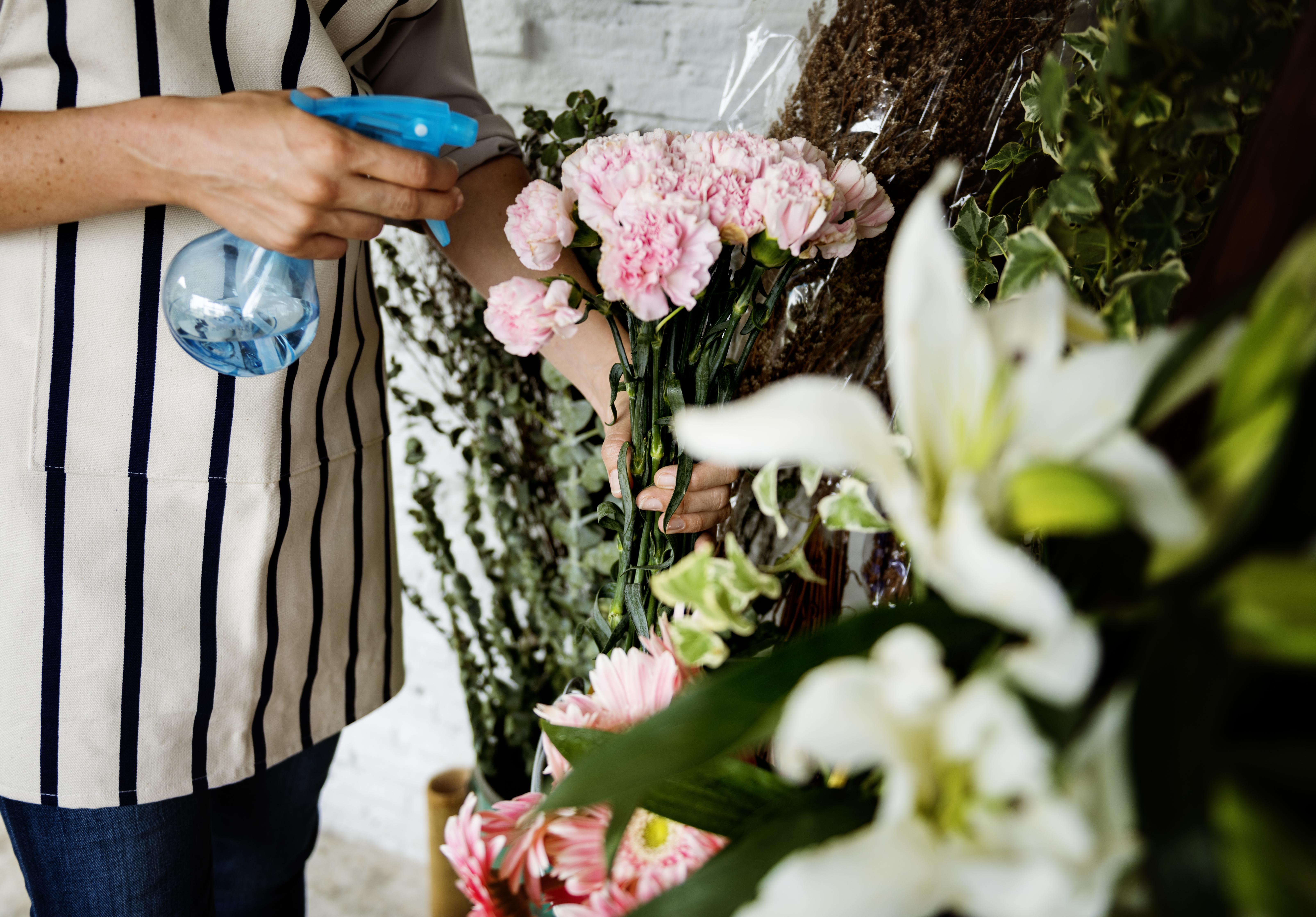
Fresh flowers brighten up any home, but they tend to wilt quickly without proper care. Adding a small amount of hydrogen peroxide to a vase of water can help extend the life of cut flowers by preventing bacterial growth. A mixture of one teaspoon of hydrogen peroxide per liter of water keeps stems free from rot and allows flowers to absorb water more efficiently. This method is especially effective for delicate flowers that are prone to rapid wilting. Regularly changing the water and adding fresh hydrogen peroxide every couple of days keeps blooms vibrant and beautiful for longer. This simple trick ensures that floral arrangements stay fresh, making them an elegant and lasting addition to any space.
The Versatility of Hydrogen Peroxide

Hydrogen peroxide is one of the most versatile household products, offering solutions for cleaning, personal care, and health. From sanitizing kitchen surfaces to enhancing oral hygiene, its antibacterial, antifungal, and whitening properties make it an invaluable addition to any home. Whether used to disinfect play areas, preserve fresh flowers, or treat minor infections, hydrogen peroxide provides a natural and cost-effective alternative to harsh chemicals. By incorporating these 20 powerful uses into daily routines, individuals can embrace a cleaner, safer, and more efficient approach to hygiene and home maintenance. This multi-purpose compound proves that sometimes, the simplest solutions are the most effective.